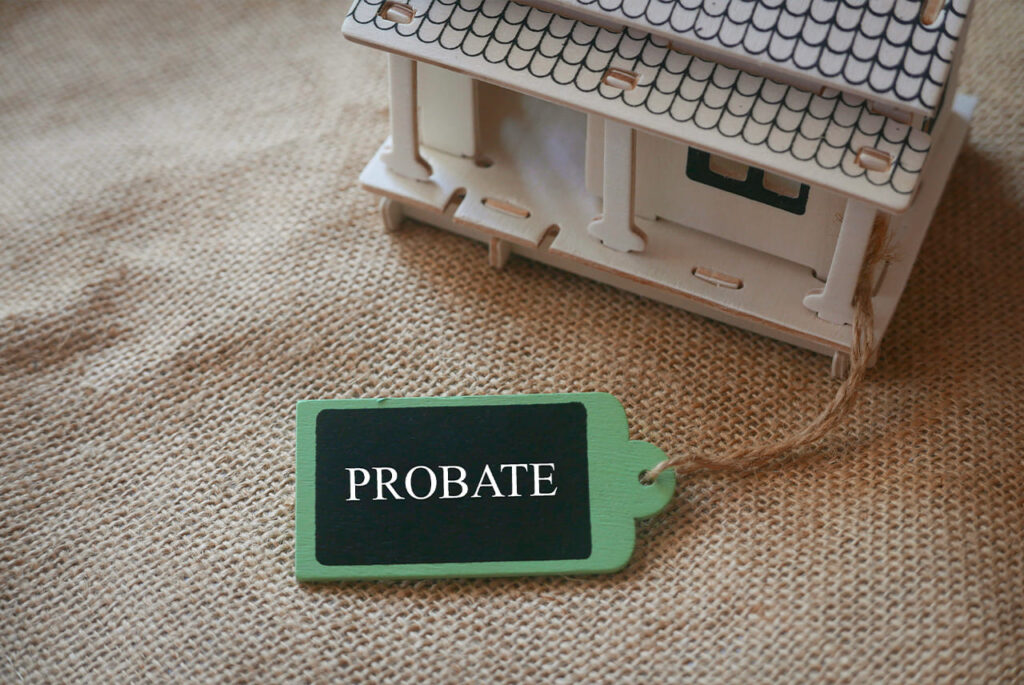You adore your furry babies, right? For many, pets are cherished members of the family, providing unconditional love and companionship. As responsible pet owners, it’s essential to plan for their well-being even when we’re no longer able to care for them. Pets are vulnerable to be forgotten and swept aside when their owner passes. In New York, one effective way to secure your pets’ future is through the establishment of a pet trust. This legal arrangement ensures that your beloved companions continue to receive the care they deserve when you’re no longer able to provide it yourself.

Pet trusts are legally recognized in New York, allowing individuals to set aside funds (in any amount, no minimum or maximum) and designate a trusted caregiver to ensure their pets’ well-being. This is especially important if suitable family members or friends are not available or willing to take on the responsibility of caring for your pets.
Steps to Set Up a Pet Trust
1. Identify a Trustworthy Caregiver
Start by selecting a caregiver who is not only willing but also capable of providing the love and attention your pets need. This person, known as the trustee, will have the legal responsibility to manage the funds allocated to the pet trust and oversee the care of your pets.This role can be also designated to an organization that is known for taking care of pet trusts and pets.
2. Determine the Funding
Decide on the amount of money needed to cover your pets’ expenses, including veterinary care, food, grooming, and other necessities. This fund is then placed into the pet trust and managed by the trustee on behalf of your pets. It is best to consult an attorney regarding such projections.
3. Specify Care Instructions
Clearly outline your pets’ care instructions in the trust document. Include details about their dietary preferences, medical history, and any specific needs or routines. This ensures that the trustee is well-informed about your pets’ unique requirements.
4. Appoint a Successor Trustee
In the event that the initially appointed trustee is unable or unwilling to fulfill their duties, designate a successor trustee. This ensures continuity in the care of your pets and provides a backup plan for their well-being.
It is also important to understand that your power of attorney should give your agent specific powers to care for your pets and to spend your funds on such care if you are not able to do so yourself (let’s say you are in a hospital). This is a stop-gap measure that covers your pets while you are alive but unable to make decisions or simply ill and can’t make decisions and are not able to tale care of your pets.
Pet trusts in New York offer a legal and compassionate solution for pet owners who want to secure their pets’ future happiness. By carefully selecting a trustworthy trustee and outlining clear instructions for care, you can rest assured that your furry family members will continue to receive the love and attention they deserve, even in your passing or incapacity. Planning ahead with a pet trust ensures that the bond between you and your pets endures, providing them with a lifetime of care and companionship.
Frequently Asked Questions (FAQ)
Many states in the United States allow the creation of legally enforceable pet trusts. For a list of laws on pet trusts in all the US States click here: https://www.aspca.org/pet-care/pet-planning/pet-trust-laws.
It is best to consult an attorney and a financial advisor regarding this issue. Several important factors must be taken into consideration: life expectancy of your pet, their current food, shelter and healthcare needs, veterinary expenses, trustee’s commissions, among others. You should also ensure that the fund is managed in a way that the corpus will grow and not devalue as the result of inflation.
- Financial Management
The trustee is responsible for managing the financial aspects of the pet trust. This includes budgeting for ongoing expenses, handling veterinary bills, and ensuring that the funds are used exclusively for the benefit of the pets. It is also important to grow the corpus of the trust to ensure that pets who have a long lifespan are taken care of and the funds do not run out (parronts, turtles and horses are a prime example of pets who require such aspects of long-term planning) - Caregiving Responsibilities
Beyond financial management, the trustee assumes the role of caregiver. This involves providing day-to-day care, arranging for veterinary visits, and ensuring that the pets receive the attention and love they need to thrive.
Pets cannot read financial statements, can’t call the bank and can’t review an accounting. So how do you ensure that there is no financial exploitation and the pets are actually well cared for?
A responsible trustee should provide regular updates to the designated trust protector on the well-being of the pets and the financial status of the trust. This transparency ensures that the grantor’s intentions are being faithfully carried out. This trust protector should also have the powers to remove and replace the trustee of your pets’ trusts in case of negligence and misuse of the trust.


